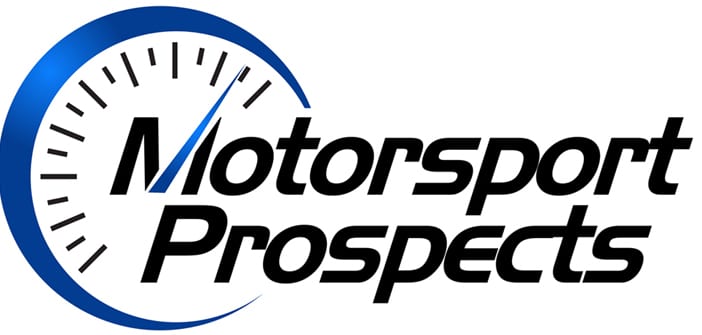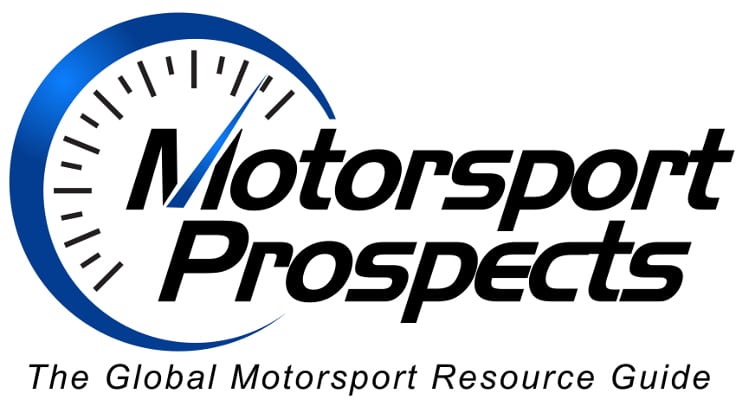
(Neurodiversity in motorsport is a topic rarely spoken about, but it is an important topic that demands more coverage. Motorsport Prospects contributor Maja Czarzasty-Zybert investigates whether it is an overlooked advantage or a potential challenge for the race driver.)
Motorsport is often perceived as a world of precision, split-second decisions, and immense pressure. It demands an extraordinary level of focus, adaptability, and resilience. But how does this high-octane environment accommodate neurodivergent individuals—drivers, engineers, and team members with conditions such as ADHD, autism, dyslexia, or dyspraxia? Can neurodiversity be a hidden asset in motorsport, or is it a challenge that teams must learn to navigate?
Neurodiversity refers to the natural variations in human cognition, including conditions like ADHD, autism spectrum disorder (ASD), and other neurodevelopmental differences. In motorsport, where adaptability, data analysis, and risk assessment are paramount, neurodivergent individuals may possess unique strengths that can be highly beneficial.
Neurodivergent drivers: strengths and challenges
The Edge of ADHD on the track
Racing is a sport that thrives on quick reflexes, instinctive decision-making, and an ability to process multiple stimuli at once. For drivers with ADHD, these traits can become natural advantages. Many individuals with ADHD exhibit an intense ability to hyperfocus on tasks that engage them deeply. This hyperfocus can translate into an enhanced connection with the car, the track, and race conditions, allowing them to react instantaneously to changes. Their rapid decision-making skills, often associated with impulsivity, can make for quick and decisive moves that catch competitors off guard. Additionally, a high tolerance for risk—a characteristic commonly linked to ADHD—enables these drivers to push boundaries, make bold overtakes, and handle high-speed maneuvers with confidence.
However, ADHD also presents challenges. While hyperfocus can be an advantage, maintaining consistency over long races may be difficult, requiring specialized coaching techniques tailored to the driver’s cognitive style. Furthermore, radio communication is crucial in motorsport, yet drivers with ADHD might struggle with processing large amounts of verbal information, making short, clear instructions a necessity to avoid overload.
Autistic drivers and the science of precision
While motorsport is unpredictable, it also relies heavily on routine, precision, and data analysis—all strengths commonly found in autistic individuals. Many autistic individuals excel at recognizing patterns, making them highly adept at understanding track evolution, tire wear, and fuel consumption trends. The structured and predictable nature of motorsport training allows autistic drivers to refine their skills through repetition, often leading to superior performance on race day. Additionally, some autistic drivers demonstrate a remarkable ability to tune out external distractions, maintaining composure under extreme pressure.
Yet, motorsport environments can be overwhelming due to sensory overload—engine noise, bright lights, and fast-paced team communication. Personalized training methods, as well as minimizing unnecessary sensory distractions, can help autistic drivers reach their full potential.
Engineers and team members: the power of neurodivergent thinking

Motorsport is not just about drivers—it is a highly technical industry where engineers, strategists, and mechanics play crucial roles. Neurodivergent individuals often excel in these areas, offering unique perspectives that contribute to innovation and performance.
Autistic engineers: masters of detail and analysis
While motorsport is unpredictable, it also relies heavily on routine, precision, and data analysis—all strengths commonly found in autistic individuals. Many autistic individuals excel at recognizing patterns, making them highly adept at understanding track evolution, tire wear, and fuel consumption trends. The structured and predictable nature of motorsport training allows autistic drivers to refine their skills through repetition, often leading to superior performance on race day. Additionally, some autistic drivers demonstrate a remarkable ability to tune out external distractions, maintaining composure under extreme pressure.
Yet, motorsport environments can be overwhelming due to sensory overload—engine noise, bright lights, and fast-paced team communication. Personalized training methods, as well as minimizing unnecessary sensory distractions, can help autistic drivers reach their full potential
Challenges include social interaction differences and communication barriers. Teams can foster inclusion by providing structured communication methods and recognizing that different cognitive styles can bring fresh problem-solving strategies.
ADHD in strategy and operations
Race strategists with ADHD may excel in high-pressure moments where quick thinking and adaptability are crucial. Their dynamic thinking in crisis situations allows them to react swiftly and effectively. ADHD is also linked to innovative problem-solving, enabling strategists and engineers to approach challenges from fresh perspectives.
By implementing flexible working styles and ensuring that neurodivergent team members have access to environments suited to their cognitive strengths, motorsport teams can fully harness their talents.
Challenges and steps towards inclusivity
Despite the many strengths neurodivergent individuals bring to motorsport, there are significant barriers that need to be addressed. A lack of awareness and education means that many teams may not fully understand how neurodivergent individuals function in high-pressure environments. Traditional team structures can be rigid, often failing to accommodate different communication styles and work habits. Additionally, the sensory overload of racing environments can be a major obstacle for some neurodivergent individuals, requiring adjustments to ensure inclusivity.
How motorsport can foster neurodiversity:
- Education & Training: teams should educate staff on neurodiversity and its benefits, creating awareness at all levels;
- Flexible Work Environments: implementing noise-reducing spaces, structured work schedules, and alternative communication methods can create a more inclusive setting;
- Individualized Coaching & Support: providing neurodivergent drivers with specialized coaching and adapting communication styles to suit their needs;
- Recruitment & Mentorship Programs: encouraging the hiring of neurodivergent individuals through targeted initiatives can bring fresh talent into motorsport.
By embracing neurodiversity, motorsport can unlock hidden potential and foster an environment where individuals with unique cognitive abilities can thrive. The sport’s future success may well depend on its ability to harness the strengths of all its participants, creating a truly inclusive and innovative industry.
Conclusion: the future of neurodiversity in motorsport
Motorsport has always been about pushing limits—whether technological, physical, or mental. Neurodivergent individuals bring unique skills that can redefine success on and off the track. While challenges remain, the industry has the potential to create an environment where diversity in thinking leads to innovation, better performance, and a more inclusive sport.
It’s time for motorsport to recognize that the future of racing may not just be about speed and engineering, but also about embracing the diverse minds that fuel its evolution.
Next week I will look into detail on how the accessibility of SIM racing creates incredible opportunities for neurodivergent individuals to engage with motorsport in ways that traditional racing often doesn’t allow.


